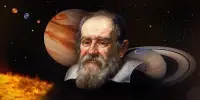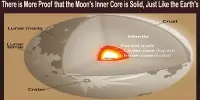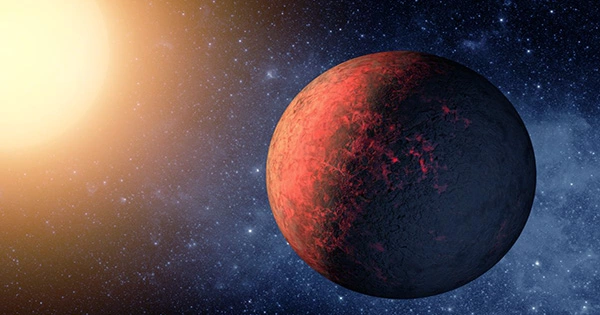NGC 2264 is a well-known astronomical object composed of multiple diverse celestial phenomena, including star clusters, emission nebulae, and black nebulae. It is the New General Catalogue designation number that recognizes two astronomical objects as a single object: the Cone Nebula and the Christmas Tree Cluster. The Snowflake Cluster and the Fox Fur Nebula are both within this designation but are not officially included. It lies in the constellation Monoceros, which is Latin for “unicorn.”
All of the objects are in the Monoceros constellation, around 720 parsecs or 2,300 light-years away from Earth. It has received extensive research due of its close vicinity and massive size. NGC 2264 is also known as the Christmas Tree Cluster and the Cone Nebula. However, the New General Catalogue designation NGC 2264 refers to both objects, not only the cluster.
Structure
In this emission nebula, the Cone Nebula, the Stellar Snowflake Cluster, and the Christmas Tree Cluster have formed. In the constellation Monoceros, the Stellar Snowflake Cluster approximately 2,700 light years away.
The Snowflake Cluster got its name from its distinct pinwheel-like shape and a rainbow of hues. Young stars are shrouded by thick layers of dust clouds in the Christmas Tree star formation. These dust clouds, coupled with hydrogen and helium, are forming new stars that are bright and luminous. A color map with varied wavelengths is created by combining dense clouds and a variety of colors. As seen in the photographs taken by the Spitzer Space telescope, we are able to differentiate between young red stars and older blue stars.
NGC 2264 is often informally referred to as the “Christmas Tree Cluster” and the “Cone Nebula” because of its distinct and recognizable features.
- Christmas Tree Cluster: This open star cluster is found within NGC 2264. It gets its name from the arrangement of stars that, when viewed from Earth, resembles a Christmas tree. The cluster is young, with the majority of its stars being less than a few million years old.
- Cone Nebula: The Cone Nebula is an emission nebula in the constellation NGC 2264. It is a black, conical-shaped area of frigid interstellar gas and dust located near the Christmas Tree Cluster. The existence of a nearby hot, massive star, which emits ultraviolet light and causes the surrounding gas to glow, causes the cone form.
- Fox Fur Nebula: This is another part of NGC 2264, which is a complex region of gas and dust that appears to have a furry or fuzzy appearance, hence its name.
The general structure of the clusters and nebulae changes dramatically as the ages of the stars shift. To be designated a Snowflake, a cluster must remain in the same position where the star was born.
When referring to this emission nebula as a whole, there are various factors that contribute to the predominant configuration of a snowflake and/or Christmas tree cluster. A nebula has a diversified arrangement of dazzling colors and a dynamic structural process that follows star formation. The ratio of brown dwarfs to stars ranges between 1 to 2.5 and 1 to 7.5.
NGC 2264 is a favorite target for amateur astronomers and astrophotographers due to its remarkable visual appearance and diversity of features. It’s located at a distance of approximately 2,600 to 2,700 light-years from Earth in the Milky Way galaxy.
















